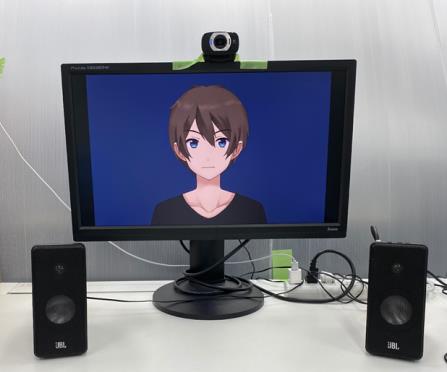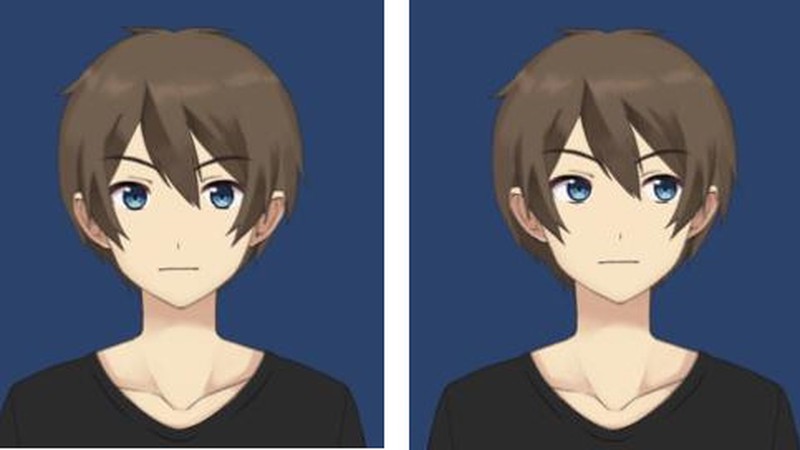Recently, the practical use of dialogue agents with CG characters has been advancing. In generating agent expressions, nonverbal information such as nodding and facial changes while listening to the other party, not just during speech, becomes important. In particular, the expression of nonverbal information related to turn-taking between humans and agents is considered to contribute to natural dialogue and improved agent impressions.
In this research, we focused on gestures during turn-taking in human dialogue and conducted and analyzed mock interviews by professional interviewers. As a result, we extracted “gaze aversion behavior” as a characteristic gesture, where the interviewer diverts their gaze diagonally upward from the dialogue partner before speaking, considers the content of their speech, then returns their gaze to the front to ask questions.
We implemented this gaze aversion behavior in a dialogue agent and conducted experiments. Participants engaged in dialogue with the agent and evaluated the impact of the presence or absence of gaze aversion behavior on impressions through questionnaires. The results showed that incorporating gaze aversion behavior strengthened the impression that the agent was intelligently understanding and responding to speech content, making it appear to be a “good listener.”

Experimental environment

